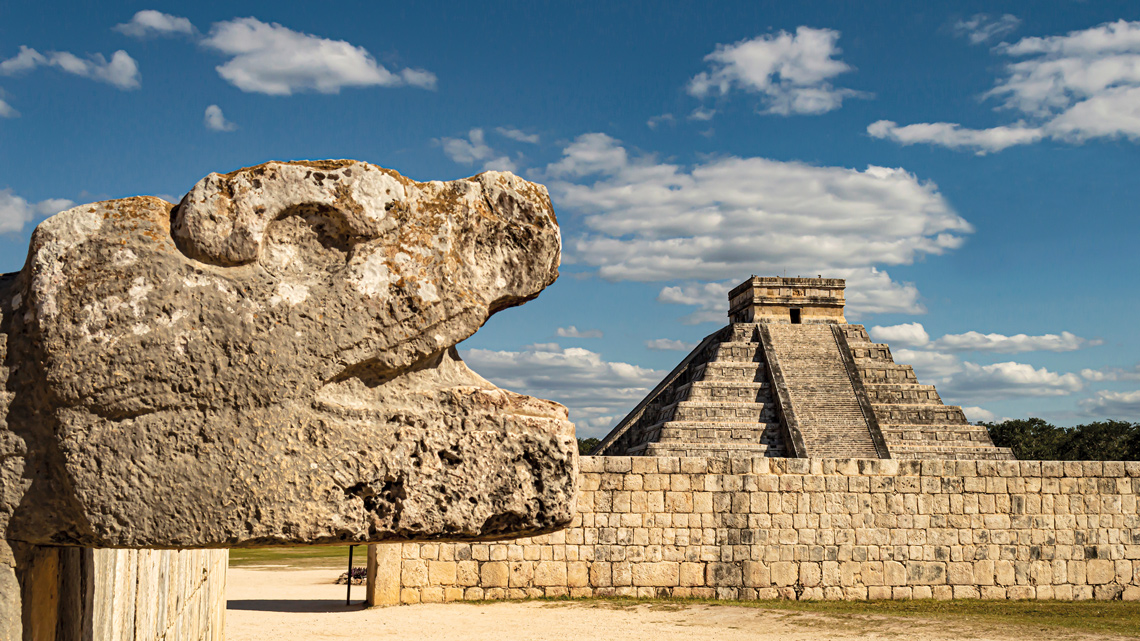Irregular rainfall was a decisive factor in the relocation of urban centers among the Mayans, according to analyses of stalagmites in the Yok Balum Cave in southern Belize. Formed by the continuous dripping of water, the mineral structures contain a record of the hydroclimatic conditions during the Classic Maya Collapse, when Mayan societies broke down between 750 and 900 AD. During this period, the inconstancy of the Intertropical Convergence Zone (ITCZ), which shifts north and south over the course of the year, caused unpredictable rains that did not follow normal seasonal rainfall patterns. A team led by Tobias Braun of the Potsdam Institute for Climate Impact Research in Germany concluded that the changing climate likely harmed agricultural practices and increased socioeconomic vulnerabilities. “The political institutions of the time simply could not deal with the irregular changes in rainfall from one year to the next, triggering social problems that led to conflicts,” suggests the article (Communications Earth and Environment, March 17).
RepublishHistory
Irregular rainfall had a negative impact on the Mayans

Head of the feathered serpent god Kukulkan and a Mayan pyramid in the background
T. Zuyua / Wikimedia Commons

